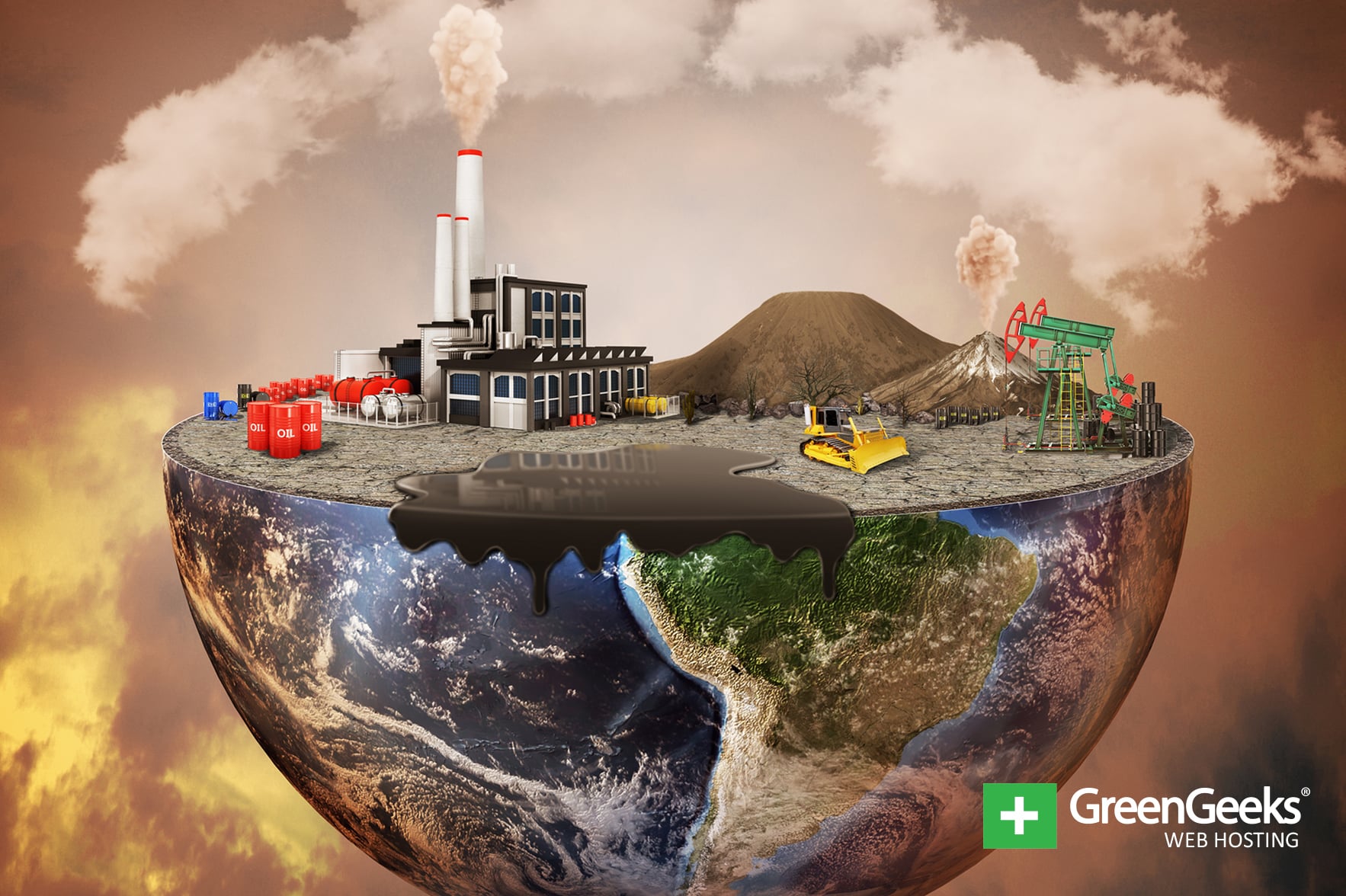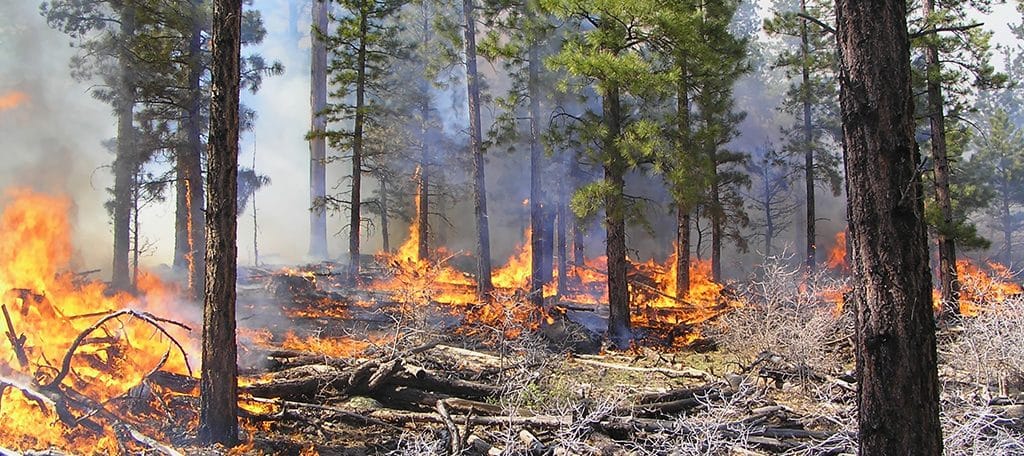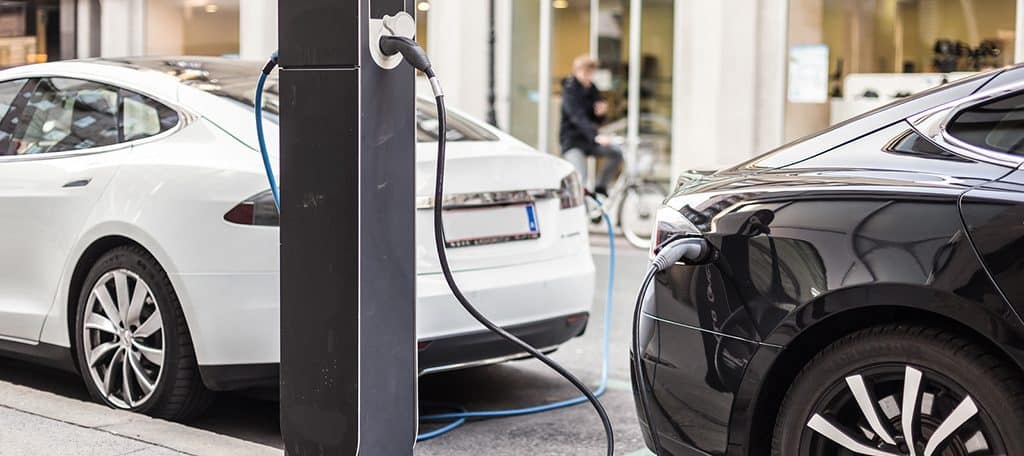
Carbon emissions have reached an all-time high after four years of remaining stable. This is largely due to the continuing increase of emissions from cars, trucks, and planes and burning coal around the world.
However, one of the biggest emitters in the world, China, has begun burning more coal and has seen a 3% increase. While coal is easy to blame, fossil fuels that power our vehicles have an equal share of the blame. The combination of the two has led to the highest carbon emissions in history.
Why Are Carbon Emissions Rising

The Emissions Gap Report 2018 recently stated that carbon emissions rose for the first time in four years, which has led us to an all new high. Of course, this doesn’t answer the real question, why are carbon emissions rising. For starters, China, the world’s largest emitter, has started burning more coal.
The carbon emission growth in China is expected to be close to 4.7%. However, it is not just China, the United States has adopted a pro-fossil fuels stance, which has supported more coal and natural gases being used over clean renewable energy sources like solar and wind.
The increase in coal usage is not the only factor. Vehicles are becoming more prominent around the world and any vehicle that runs on gas is emitting carbon dioxide into the air. More vehicles on the road or in the sky will result in more carbon emissions.
Another huge contributor to the carbon emission rise is the widespread forest fires. Trees naturally absorb CO2, but when they are burned, they release carbon dioxide. Forest fires don’t just release carbon emissions, they also take away carbon absorbers.
Why Are Cars Emitting More

While it may be hard to believe that cars are still increasing their emissions, it is true, but why? It’s simple, even if more electric vehicles are emerging from big name brands and cars are becoming more fuel efficient, there are simply more of them in use every year.
The world’s population grows every year and more developing countries are beginning to have more cars on the road. Not only are there more cars, but people are also now driving bigger vehicles that consume more gasoline and diesel fuels. What’s worse, people are driving longer distances around the world.
Combine these factors and it is easy to understand that cars and other vehicles are emitting more and it is hard to stop it.
Is There a Way to Stop Car Emissions

Absolutely, there are quite a few options actually. The first and most obvious is not to drive fossil fuel powered cars, but that is not a real option in most countries. Instead, people should consider using more public transportation or carpooling to work. This will significantly help slow down emissions.
Since it is extremely unlikely cars are going away, the real solution is to switch all vehicles to electric ones. Many countries have begun laying out plans that will ban the sale of non-electric cars by the end of 2025. Other countries like the UK, France, India, and the Netherlands are following suit by banning the sales by 2040.
Stopping the production of fossil fuel vehicles around the world will certainly slow down car emissions.
Who Are the Largest Emitters in the World

While no country wants the finger pointed at them, it is important to know who the largest emitters are in the world. The best way to seek change in these countries is for the populations to seek environmental changes from the governments.
The top ten emitters in the world in order are China, the United States, the European Union, India, Russia, Japan, Brazil, Indonesia, Canada, and Mexico. To put that into perspective these control 73% of all greenhouse gas emissions in the world.
It should also come as little surprise to learn that these countries all have strong economies.
Are Changes Being Made

Thankfully, climate change is becoming a leading topic in politics around the world. The European Union is considering plans that would make them the first major economy to become climate neutral by 2050. If this happens, it would be a huge turning point for the world and other major economies and developing economies around the world.
Other forms of agreements between countries like the Paris Agreement are also in the works. Currently, there is the climate conference in Poland that will decide the exact rules that countries must follow as part of the agreement. The main goal of the agreement is to limit global warming to 1.5C by the end of the century.
Unfortunately, we are not close to reaching this goal, in fact, the temperature is on track to increase between 3 to 5C by the end of the century if we continue on the current path, but that is exactly the point of the climate conference.

